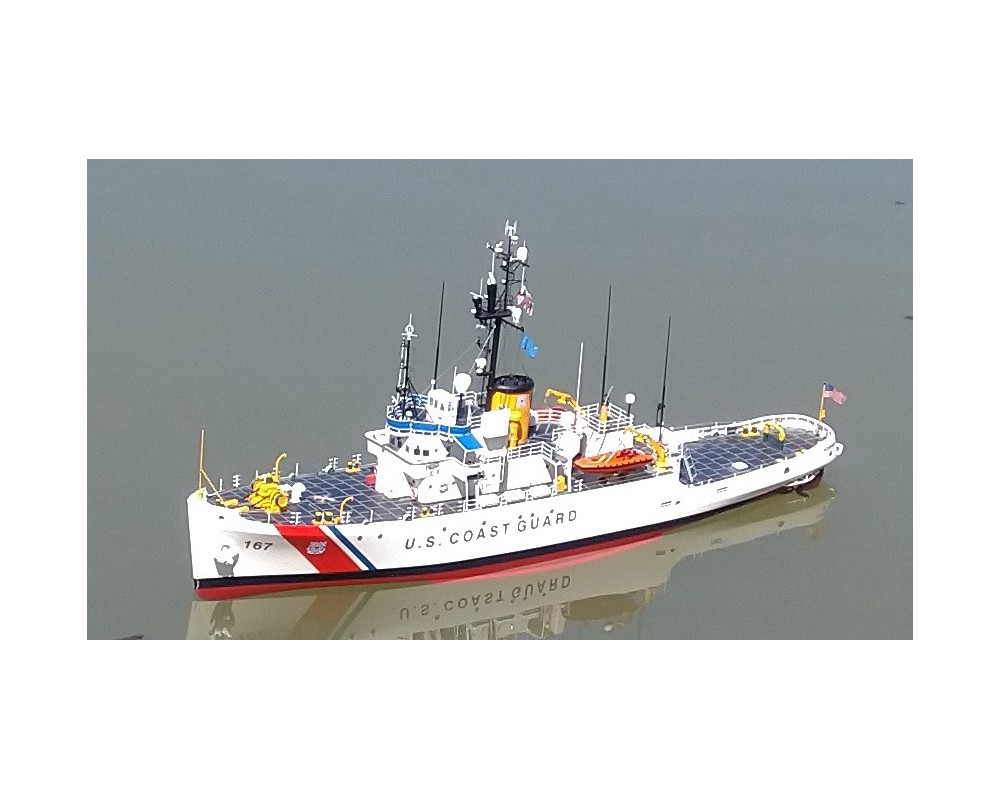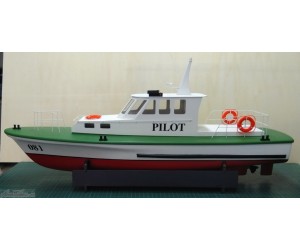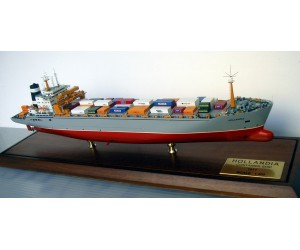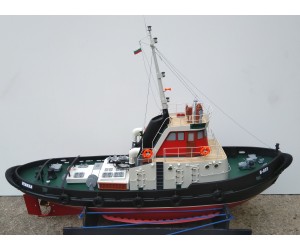USCGC Acushnet
WMEC -167/ WAGO-167/ WAT-167/ ARS-9 ex-Shackle
Acushnet: a river in Massachusetts
Builder: Basalt Rock Company, Napa, California
Keel Laid: 26 October 1942
Launched: 1 April 1943
Sponsor: Mrs. Walker Cochran
Commissioned: 5 February 1944 (USN); 23 August 1946 (USCG)
Decommissioned: 29 June 1946 (USN); 11 March 2011
Length: 213' 6"
Beam: 40' 8"
Draft: 13' 11"
Displacement: 1,756 tons
Propulsion: 4 diesels; 3,030 BHP; twin propellers
Performance: Max: 14.6 knots Economic: 10.3 knots; 13,700 mile range
Complement: 120 (1944); 76 (1964); 80 (1986)
Armament: 4 x 40mm (1944)
Electronics: Radar: OS-8E (1964) Sonar: none (1964)
Design: The Diver-class ships were designed as rescue and salvage ships for the US Navy.
Cutter History :
USS Shackle was laid down on 26 October 1942 by the Basalt Rock Co., Napa, California; launched on 1 April 1943; sponsored by Mrs. Walker Cochran; and commissioned on 5 February 1944, Lieutenant Charles G. Jenkins, Jr., in command. At the time of its building, the country was at war and in need of more naval vessels. As a result of this necessity, three ships, identified only as "naval auxiliaries" were constructed. The project took less than a year to complete and would become fleet rescue and salvage vessels serving in the Pacific Theater. These vessels would all later become Coast Guard cutters.
Shackle's first station was at Pearl Harbor, Hawaii, where she served as a salvage ship in the West Pacific throughout the remainder of WWII. Shackle's first year was spent completing extensive salvage assignments clearing wreckage in the channels at Midway Island and Pearl Harbor. The vessel spent the rest of the year in Guam, Eniwetok, Tinian and Saipan.
On 11 March 2011 Acushnet was decommissioned and retired from active duty after more than 67 years of service. USCGC Smilax succeeded Acushnet as the Coast Guard's oldest commissioned cutter. She was subsequently auctioned as surplus property by the General Services Administration. The cutter was purchased for $600,825 by Mr. Vernon Officer of Euless VA on 16 March 2011.
The highly accurate replica model of U.S.C.G.C. Acushnet in 1:75 scale from 2010. The model has more than 1,000 parts, completely handmade. The model is powered by an electric motor with a gearbox, speed controller and remote control.
Model build at 2017
Awards won from International, European and World Competitions:
2018 World Championship, Romania - Silver Medal
2017 European Championship, Bulgaria - Silver Medal
2019 European Championship, Bulgaria - Gold Medal
2024 European Championship, Bulgaria - Gold Medal
National Championship : 2017, 2018, 2020, 2021, 2022, 2023, 2024 - Gold Medal
Configuration :
Size : 866 mm x 163 mm x 400 mm (1000 mm x 240 mm x 500 mm with case)
Weight : 9 kg (with case)
Scale : 1:75




















